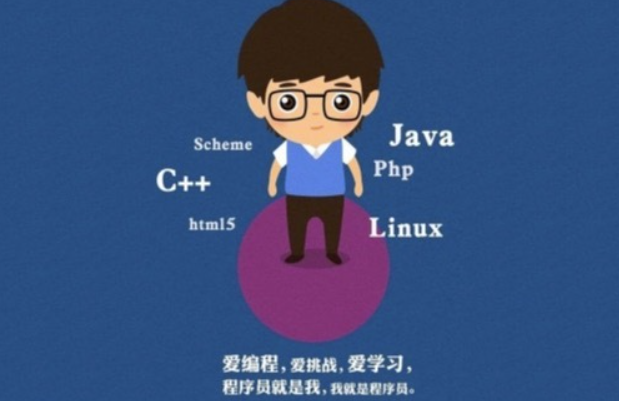The Porter’s Five Forces framework is a valuable tool for businesses looking to make informed strategic decisions. By examining the five key forces that shape the competitive landscape of an industry or market, businesses can gain a deeper understanding of the dynamics at play and make more informed decisions regarding pricing, market entry, supplier relationships, differentiation, and other aspects of their strategic planning.
The first force in the Porter’s Five Forces framework is the threat of new entrants. This refers to the level of difficulty and cost associated with entering a particular industry or market. If there are low barriers to entry, then new competitors are likely to enter and increase competition, driving down prices and reducing profitability for existing players. Understanding this force can help businesses make informed decisions about pricing strategies and potential market entry barriers.
The second force is the bargaining power of suppliers. This refers to the degree to which suppliers have leverage over the price and quality of goods or services they supply. If there are few suppliers in an industry or market, then those suppliers may be able to demand higher prices or exert greater control over product quality. Understanding this force can help businesses negotiate better supplier relationships and diversify their supplier base.
The third force is the bargaining power of buyers. This refers to the degree to which buyers have leverage over price and quality in a particular industry or market. If there are many buyers but few sellers, then buyers may be able to demand lower prices or greater levels of service from suppliers. Understanding this force can help businesses tailor their products and services to meet customer needs while maintaining profitability.
The fourth force is the threat of substitute products or services. This refers to how easily customers can switch from one product or service provider to another without significant costs or loss of value. If there are many substitutes available in an industry or market, then businesses must differentiate themselves through innovation, quality assurance and branding efforts if they wantto maintain their share of customers’ wallets.
Finally,the fifth force is the intensity of competitive rivalry. This refers to how fiercely companies compete with each other within a particular industry or market. If there are many competitors and little differentiation, then companies may be forced to cut prices and accept lower margins in order to stay competitive. Understanding this force can help businesses create unique value propositions that set them apart from their competitors.
In conclusion, by understanding the dynamics of each of the five forces in Porter’s Five Forces framework, businesses can make informed decisions regarding pricing strategies, market entry barriers, supplier relationships, differentiation efforts, and other aspects of their strategic planning. This tool is invaluable for any business looking to gain an edge in a highly competitive marketplace and stay profitable over the long term.




















